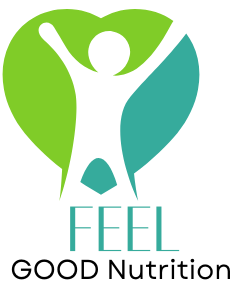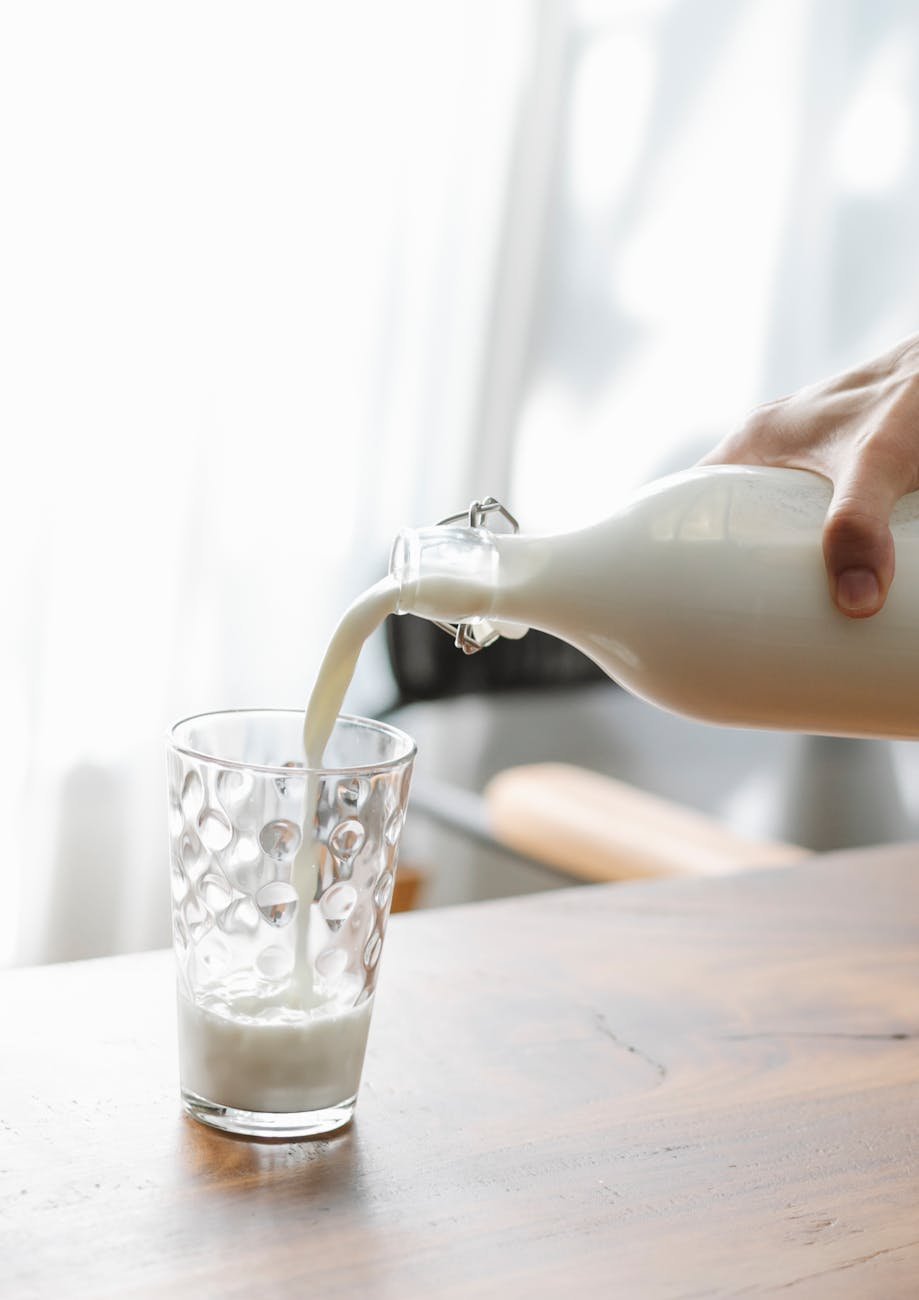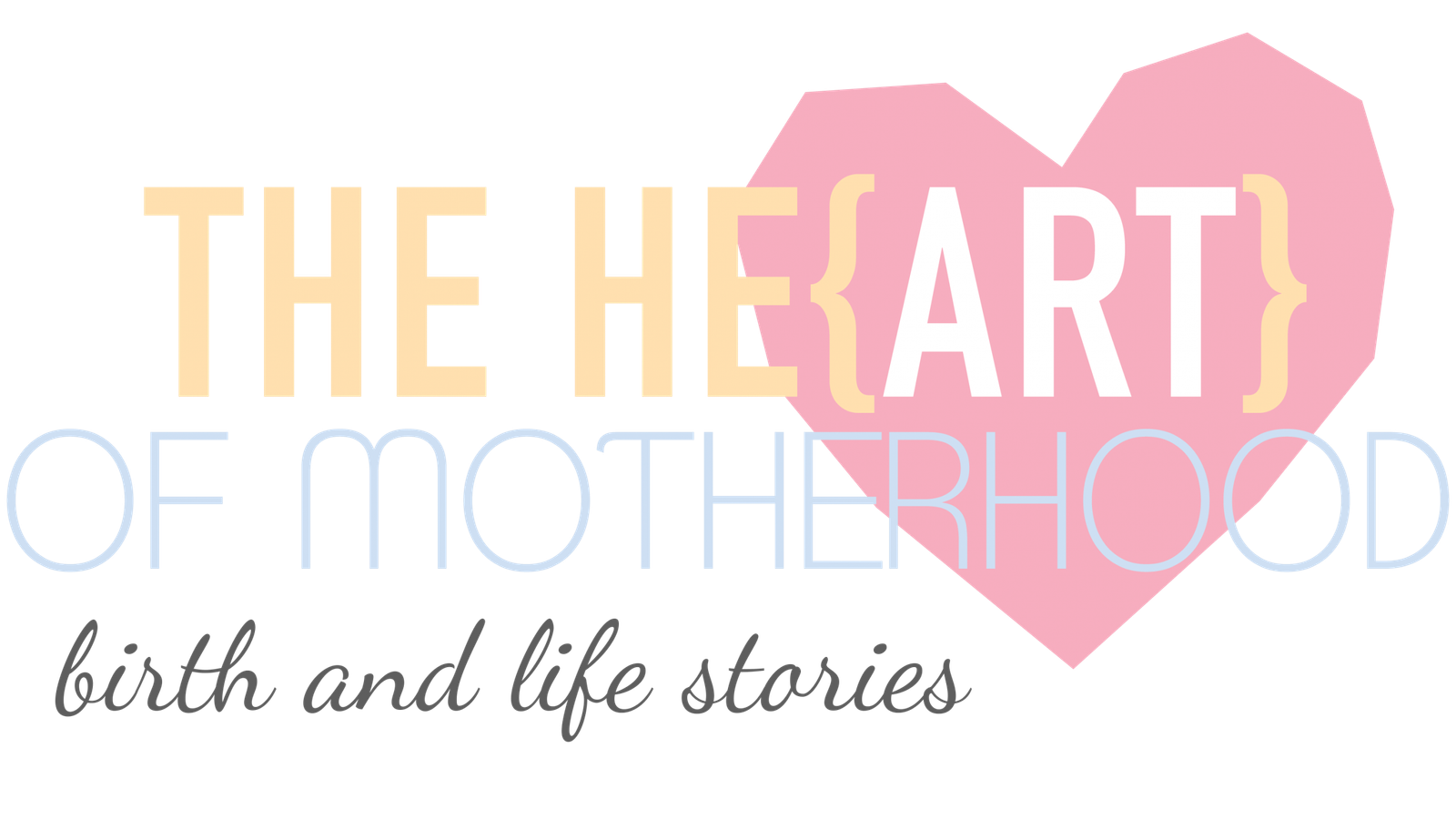Meeting Calcium Needs without Dairy
So, you’ve ditched dairy—whether it’s by choice or necessity—and now you’re wondering how on earth to keep those bones strong without your usual dose of milk, cheese, or yogurt. No worries! Ensuring you get enough calcium is key for keeping those bones and muscles in tip-top shape and more. Calcium is a kind of VIP mineral in your body, not just keeping your bones solid but also helping your muscles move, keeping your nerves on point, and making sure your blood vessels work like a charm. Plus, it plays a leading role in hormone release with a little help from its buddy, Vitamin D.
Importance of Calcium for Health
Calcium isn’t just hanging out in your body; it’s there in huge amounts, mostly chilling in your bones and teeth. We’re talking about 98% of it. It’s the backbone (pun intended) for strong bones and teeth, helping with everything from your muscles functioning like they should to blood clotting and nerve messages zipping around. Your body is like a construction site, constantly tearing down and rebuilding bone structures using calcium. If this whole process goes wonky—like if your calcium levels dip—you could find yourself with bone issues, maybe more so if you’re a woman riding the post-menopause wave.
Recommended Daily Calcium Intake
While US guidelines give dairy a gold star for things like calcium, phosphorus, vitamin A, and more, not everyone’s lining up at the dairy section. Some people shy away from dairy, whether because of allergies or simply not being a fan. And that’s where non-dairy sources swoop in to save the day! Things like fortified cereals, tofu, and lentils pack a calcium punch. Dairy may have the rep for its rich calcium content, but who are we kidding? Plant-based options are stepping up as worthy contenders.
Making sure you get your daily dose of calcium without leaning on dairy needs a bit of effort and smart choices. Scan for calcium-packed foods, and you’ll be keeping up with the recommended daily intake in no time. Mixing up your diet with these alternative, calcium-rich options ensures you’re checking off that calcium box every day, all while sticking to your dairy-free game plan. So, there you have it! Effort and smart food picks—not just milk—can help you keep bones strong and healthy.
Non-Dairy Sources of Calcium
Say goodbye to the cheese block blues! Going dairy-free doesn’t mean you’re missing out on that all-important calcium. Let’s feast on some tasty alternatives that give your bones the love they deserve:
Chia Seeds and Their Calcium Content
Did you know that chia seeds aren’t just for growing tiny grass pets? These nifty little seeds are calcium champs! A simple ounce packs 179 mg of calcium. Just sprinkle them over your morning cereal or mix them into your smoothie, and you’re fighting off bone-crumbling woes without even a splash of milk.
Benefits of Fortified Soy Milk
Soy milk isn’t playing second fiddle to cow’s milk anymore. This fortified gem carries calcium levels to match and often throws in vitamin D for good measure, making it a bone buddy when you dodge dairy (Medical News Today). So pour it over your cereal, blend it into shakes, or just sip it straight – your bones will thank you.
Calcium-Rich Almonds and Limitations
Almonds are more than just your nutty companions. A cup contains about 385 mg of calcium, which your bones will love snacking on. Remember not to go nutty on them, though – they’re a bit calorie-dense. Toss a handful into your lunchbox or on salads, and you’ll get the crunch with a calcium kick.
Tofu as a Varied Calcium Source
Tofu isn’t just the vegan’s best friend – it’s a non-dairy calcium fortress. Your half cup can swing between 275 to 861 mg of calcium, depending on how firm you’re feeling (Medical News Today). From stir-fries to scrambles, tofu’s got the versatility and calcium to keep your dinner plate and skeletal system in good shape.
Kale: A Plant-Based Calcium Option
Kale—yes, the leaf that’s making waves everywhere—is another green warriors option to top up your calcium count, with 180 mg nestled in two cups. Throw it into anything from stews to smoothies, and let this green giant bolster your bones with every crunch.
Exploring these calcium-packed foods lets you stay ahead in the bone game without dairy, all while enjoying meals that don’t compromise on flavour or nutrition. Try different combinations in your recipes, and your taste buds will dance while your bones stay strong.
Understanding Calcium Absorption
Trying to get enough calcium without hitting the cheese aisle? Let’s get into the nitty-gritty of how your body sucks up calcium and why it sometimes needs a little help. Calcium absorption isn’t one-size-fits-all; it sways with your food choices and some sneaky compounds that mess with it. So, here’s the lowdown on what you need to know.
Factors Affecting Calcium Absorption
How your gut grabs calcium is a circus act with many performers. It’s influenced by how much calcium you’re getting, how old you are, and even the likes of oxalic or phytic acid lurking in foods. For example, foods like spinach might seem like a good calcium source, but with oxalic acid playing party pooper, you only absorb about 5% of the calcium there. Compare that to milk, where around 27% gets into your system (National Institutes of Health).
Throw in caffeine, phosphorus, and low vitamin D levels, and you’ve got yourself a real calcium conundrum. Fixing this puzzle is key if you’re aiming to keep your bones sturdy without reaching for that yoghurt tub.
Calcium Absorption from Different Foods
Eating your calcium isn’t as straightforward as solving a math problem. Depending on what you put in your mouth, your body might absorb less than 10% to more than 50% of that calcium. This all depends on how calcium mingles with other food buddies, fermentation, and your gut’s overall vibe. It’s a whole science (National Center for Biotechnology Information).
Dairy wears the crown for high calcium levels in just a sip or bite. But non-dairy goodies sometimes fizzle in the calcium fireworks. Knowing the absorption game can help you make savvy choices and keep your calcium cup full without moo-juice.
Significance of Vitamin D in Calcium Absorption
Vitamin D is like calcium’s trusty sidekick, ferrying it through the gut passage like a pro. If your vitamin D is in the dumps, calcium absorption takes a hit, potentially putting your health at stake.
Getting enough vitamin D from either food or supplements can keep this dynamic duo working hard. Teaming up adequate vitamin D and calcium is crucial, especially if you’re off the dairy wagon, to keep your bones happy and healthy.
Figuring out how calcium and vitamin D play their parts helps you cook up a diet plan that ticks all the right boxes, keeping you calcium-rich and dairy-free. Smart food choices, maybe a supplement or two, and yes, even spinach can play a hero role on your dairy-free journey. Remember, getting that calcium fix is absolutely doable without raiding the dairy counter.
Tackling Low Calcium in Non-Dairy Diets
Switching to a diet without dairy can seriously reduce the calcium you may be getting, and it’s important to be aware of the ways it affects you. Getting enough calcium through other means is essential for keeping those bones strong and healthy. So, what happens when you’re low on calcium, who’s more at risk, and what could happen if you don’t get enough?
How Lack of Calcium Hurts Your Bones
Calcium is like the cement in your bones and teeth. If you don’t get enough of it, your bones can start losing their density, making them more likely to break. This can even lead to osteoporosis—a condition where bones get really weak. If your body isn’t getting enough calcium from food, it’ll start taking it from your bones, making them even weaker. That’s why hitting your daily calcium goals matters, even if you’re skipping dairy.
Who’s More Likely to Miss Out on Calcium?
Some folks are more prone to missing their calcium intake, especially when they cut out dairy. Let’s look at who needs to be extra vigilant:
-
Kids and Teens: They’re growing, which means they need more calcium for bone development. It’s a big deal to make sure they’re munching on calcium-rich foods.
-
Postmenopausal Women: After menopause, women face a higher chance of losing bone mass due to hormonal shifts, so they need more calcium to keep their bones in shape.
-
Vegans and Vegetarians: Not everything non-dairy has calcium, making it trickier for those avoiding animal products to get the calcium they need. They’ll need to find plenty of calcium-loaded alternatives.
-
People with Lactose Intolerance: Steering clear of dairy might inadvertently lower your calcium intake, so finding the right dairy-free calcium options is key.
-
Older Adults: As folks grow older, their bodies don’t absorb calcium as easily, which means they need to consume more calcium to keep from losing bone strength.
What Happens When Your Blood Runs Low on Calcium?
Low calcium levels, or hypocalcemia, can wreak havoc beyond just your bones. Think muscle cramps, tingly fingers, and weak bones. In serious cases, it might lead to debilitating conditions like rickets or severe osteoporosis. That’s why it’s necessary to make sure you’re getting enough calcium from non-dairy foods to sidestep these health issues.
Knowing what lack of calcium can do to you, especially if you’re living without dairy, means you can act before any problems start. Check out the best non-dairy sources of calcium for strong bones and keep those bones fortified. You’ll want to focus on calcium-rich eats and maybe even look into calcium-fortified foods to keep yourself healthy and your bones unbreakable.


